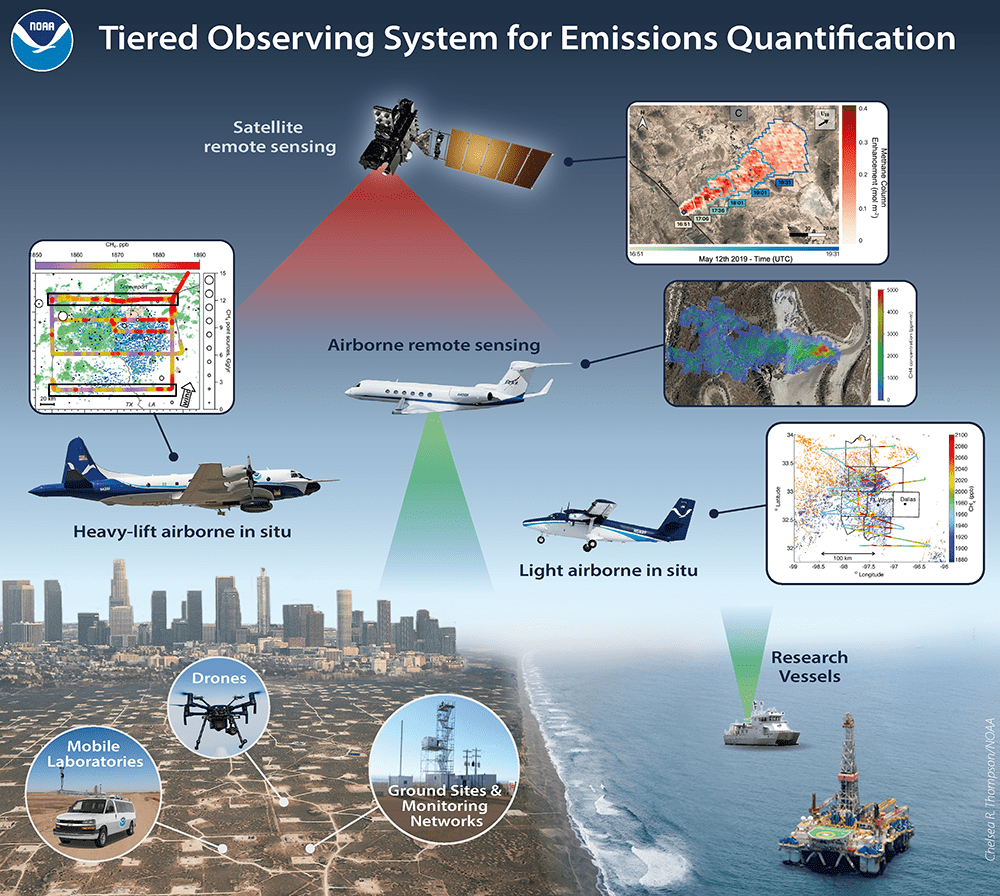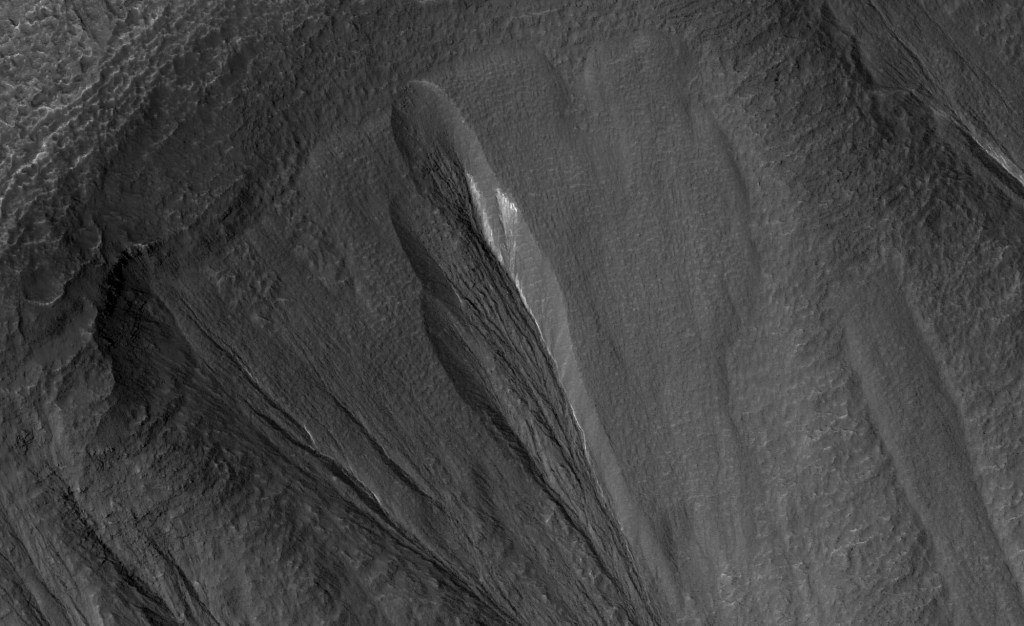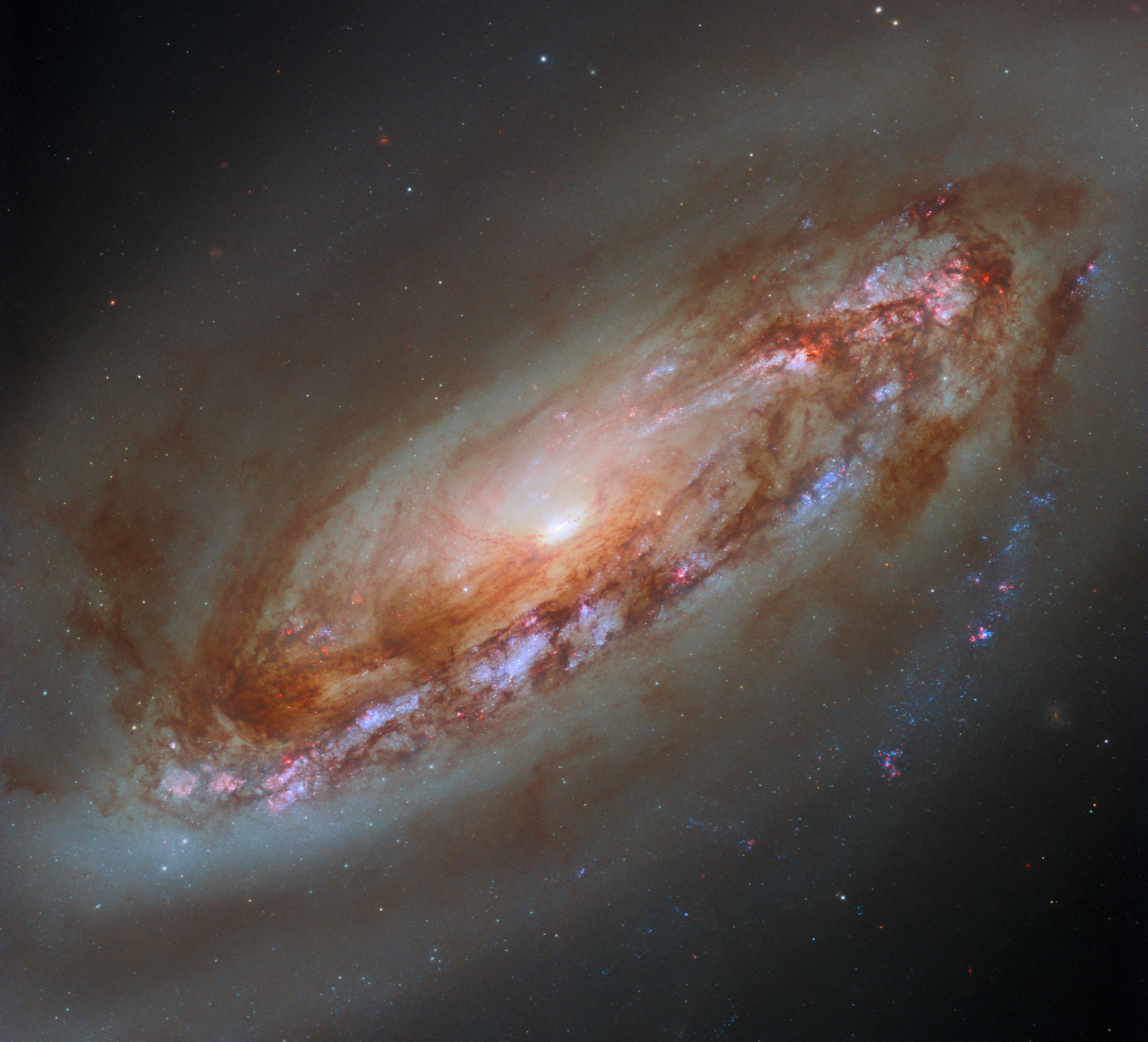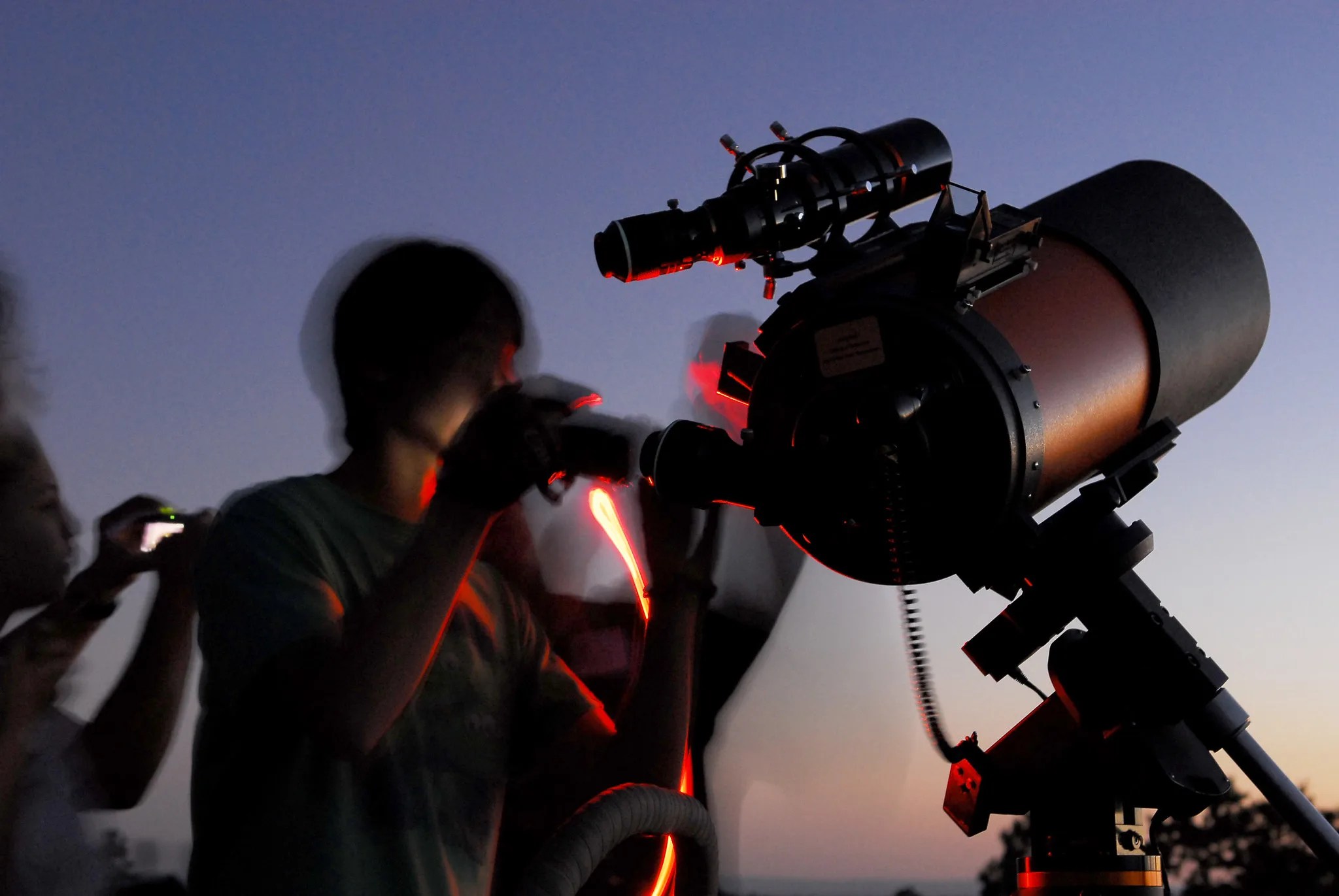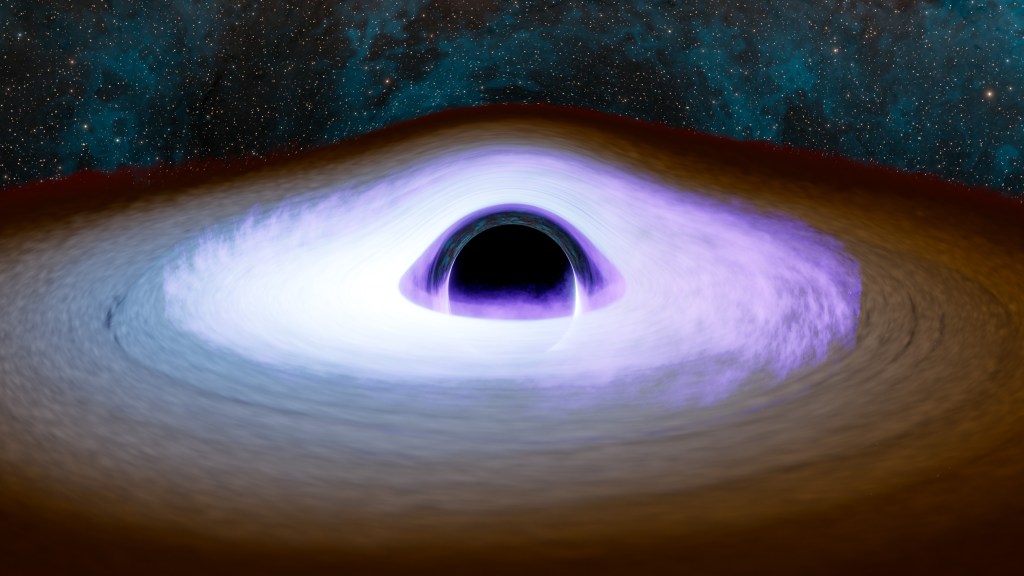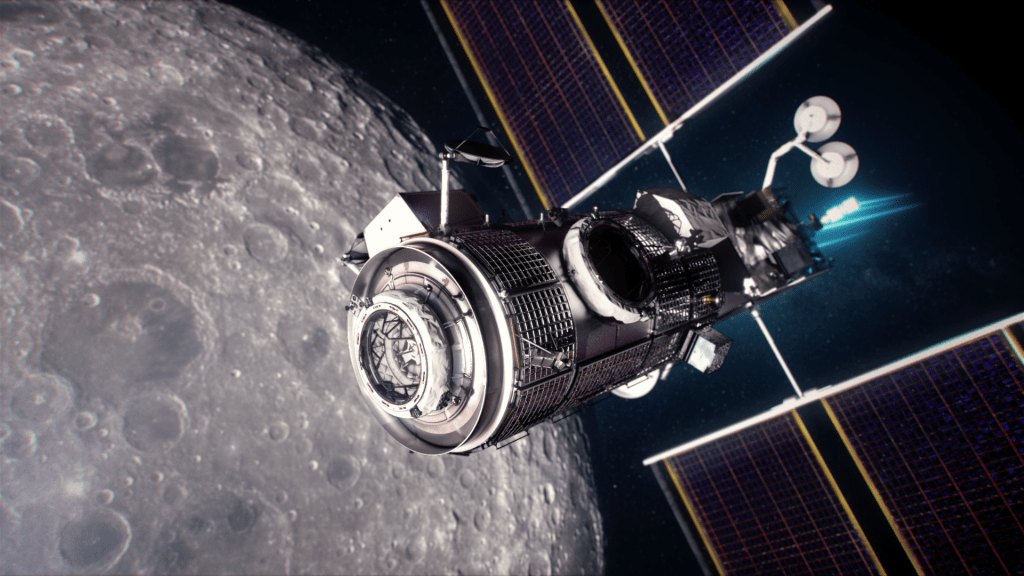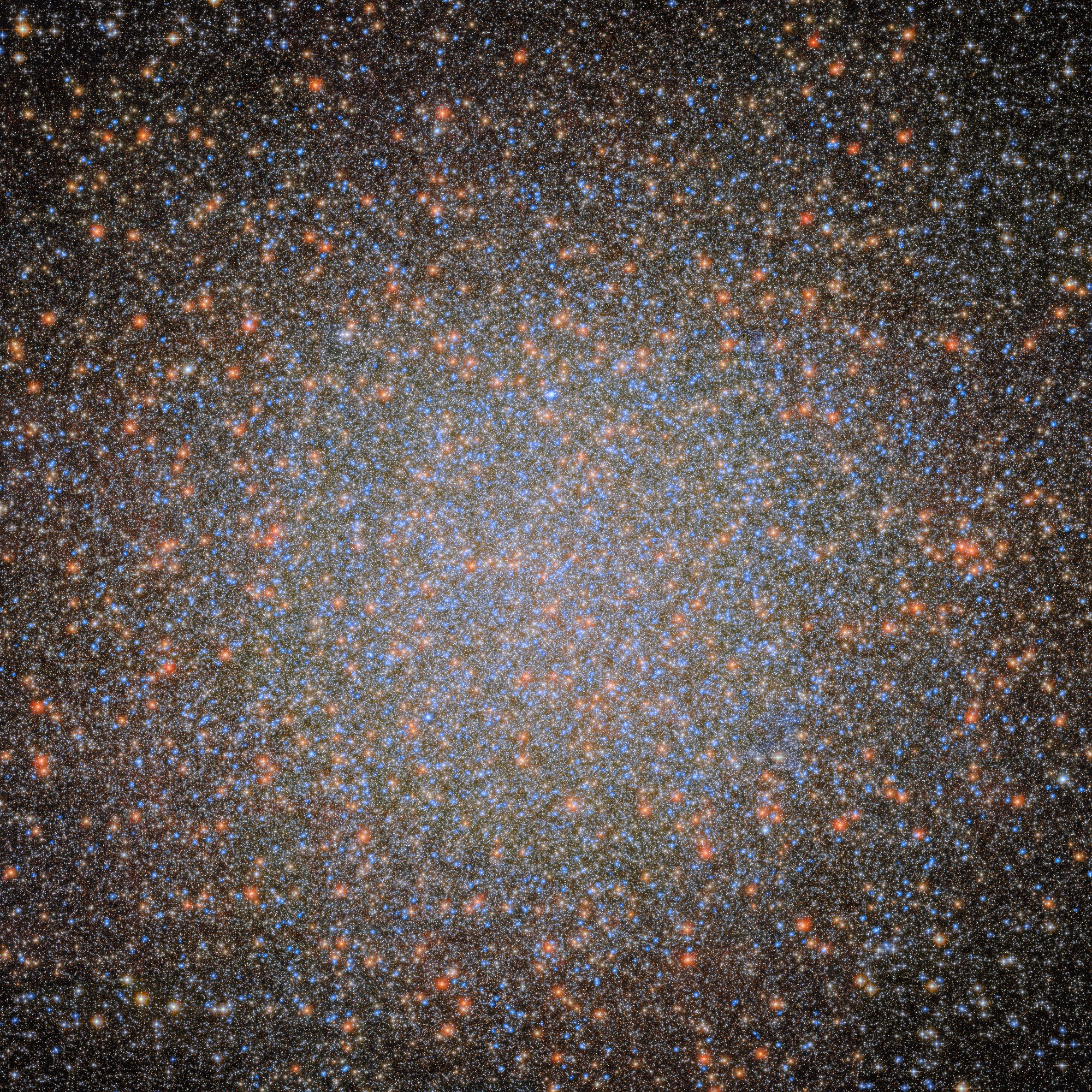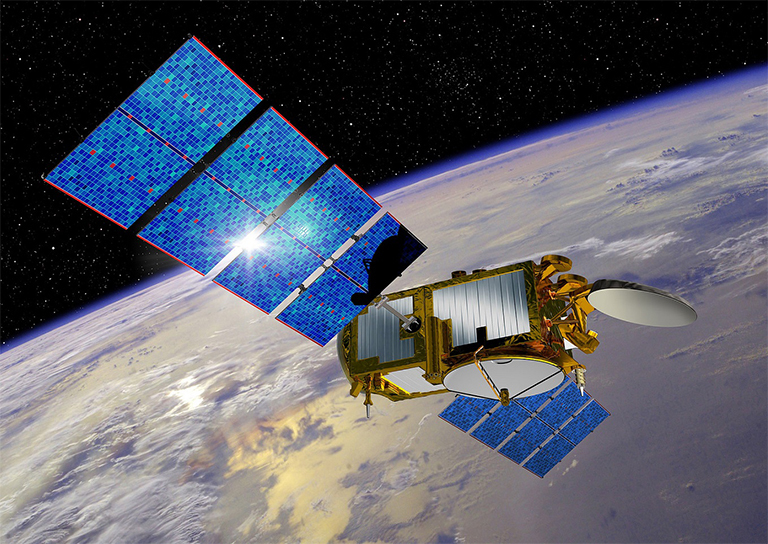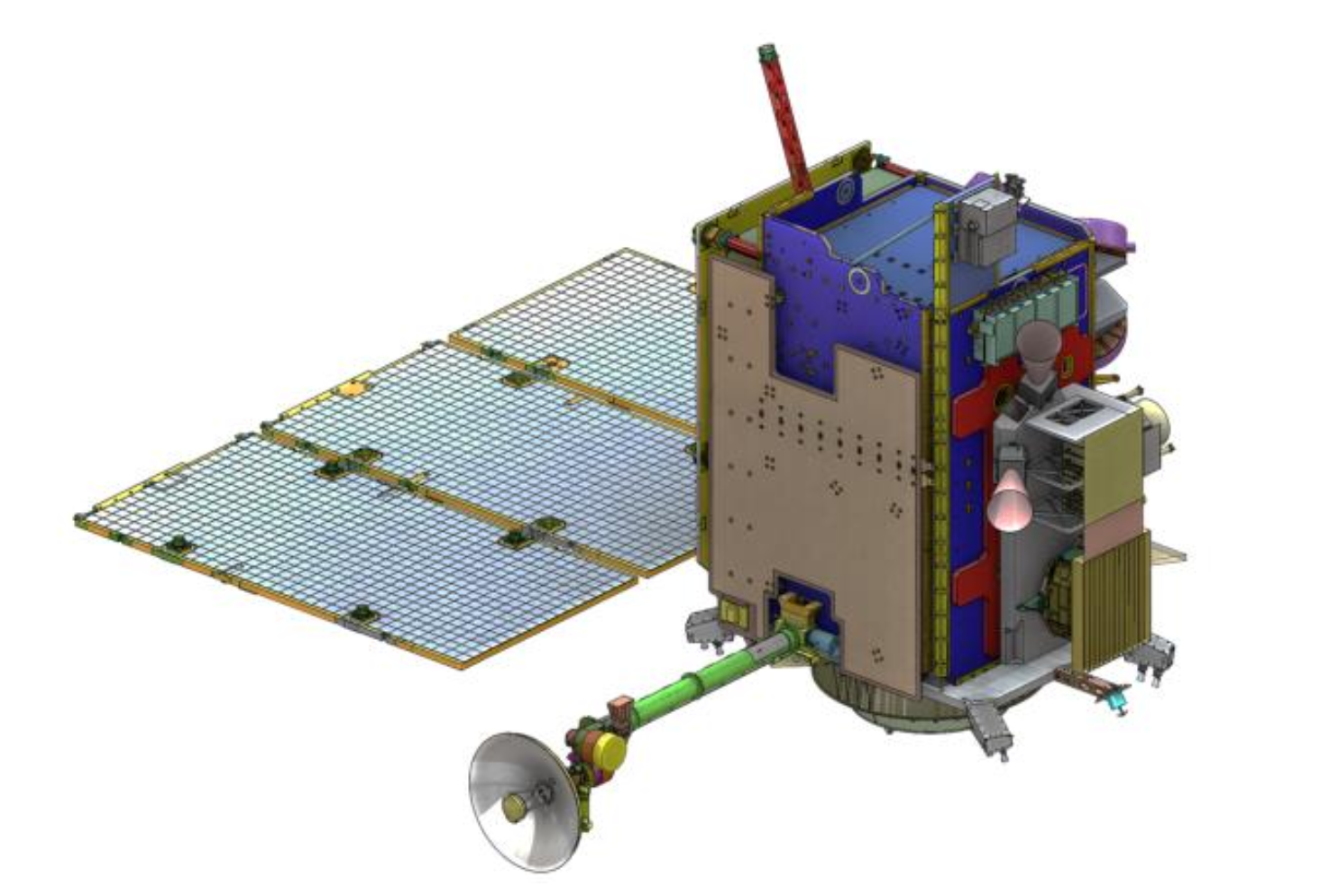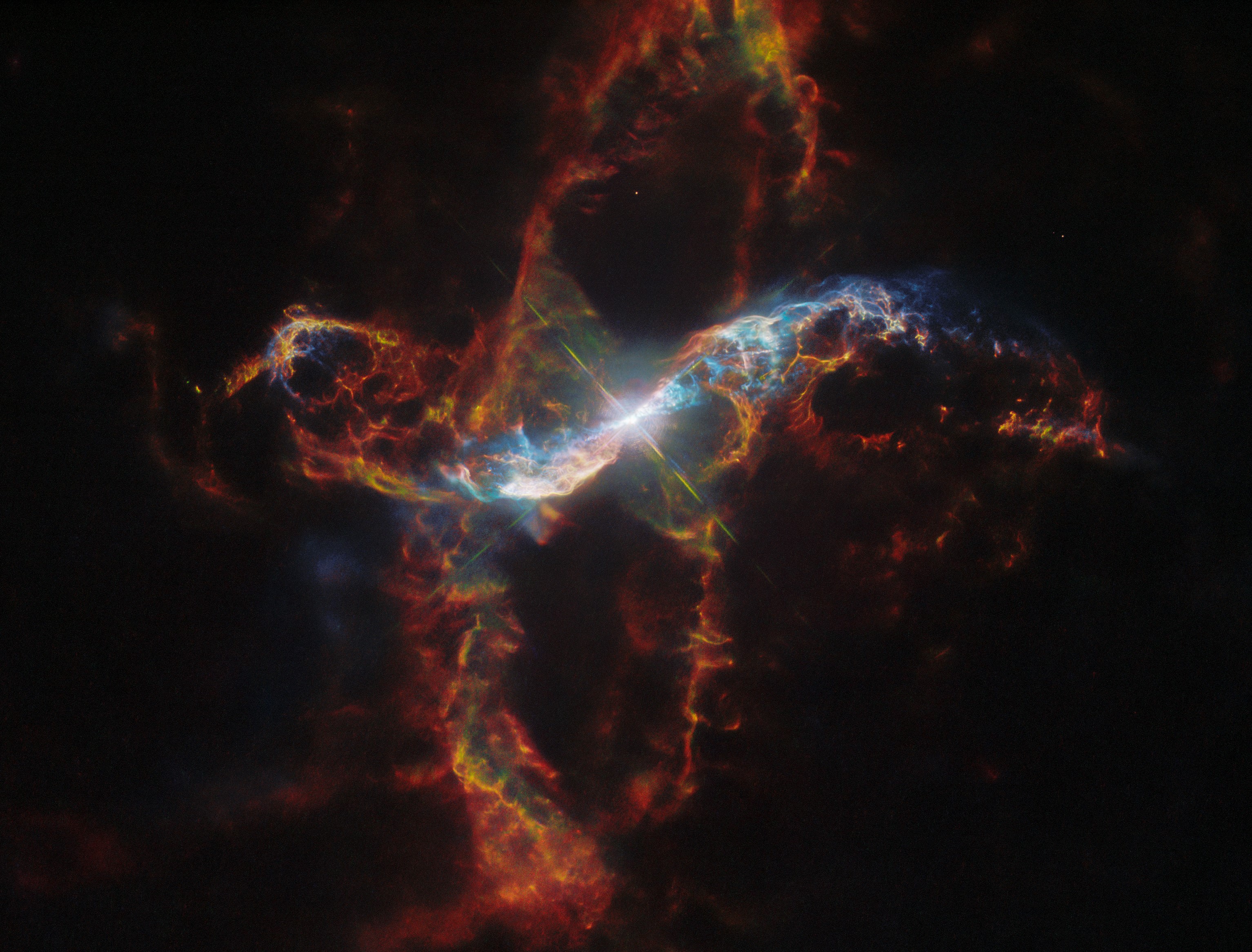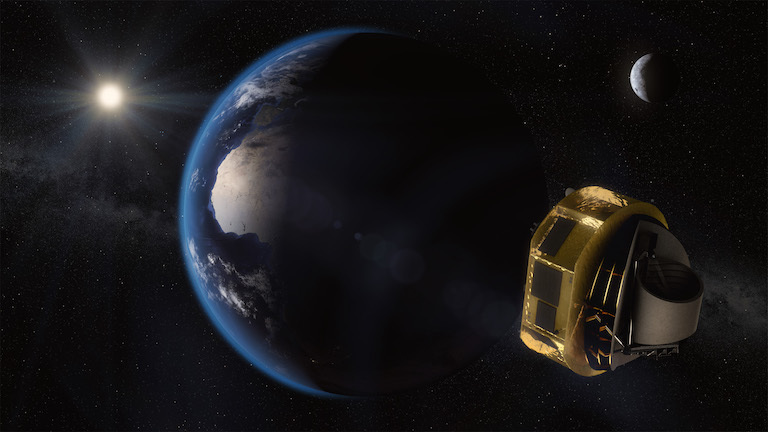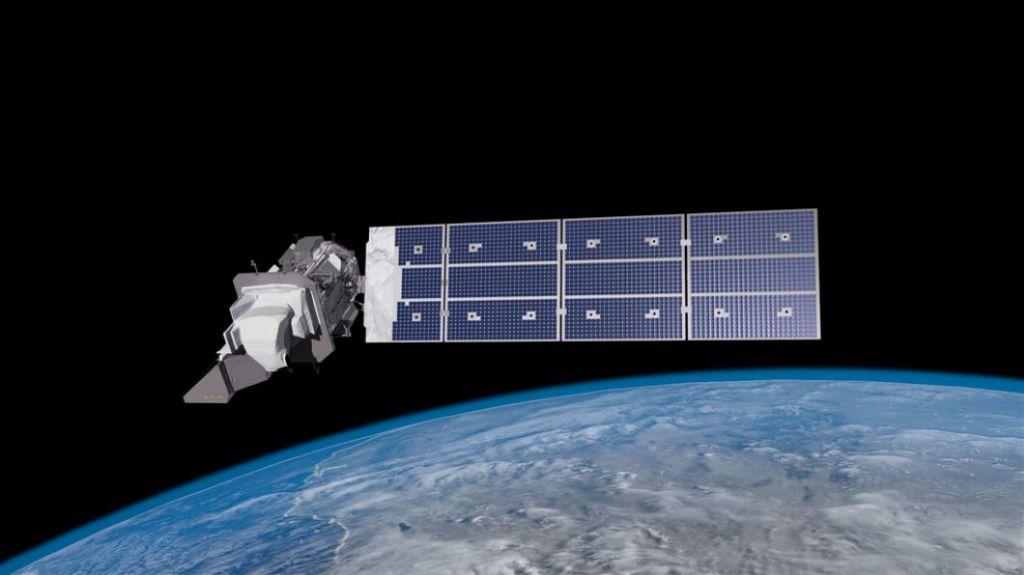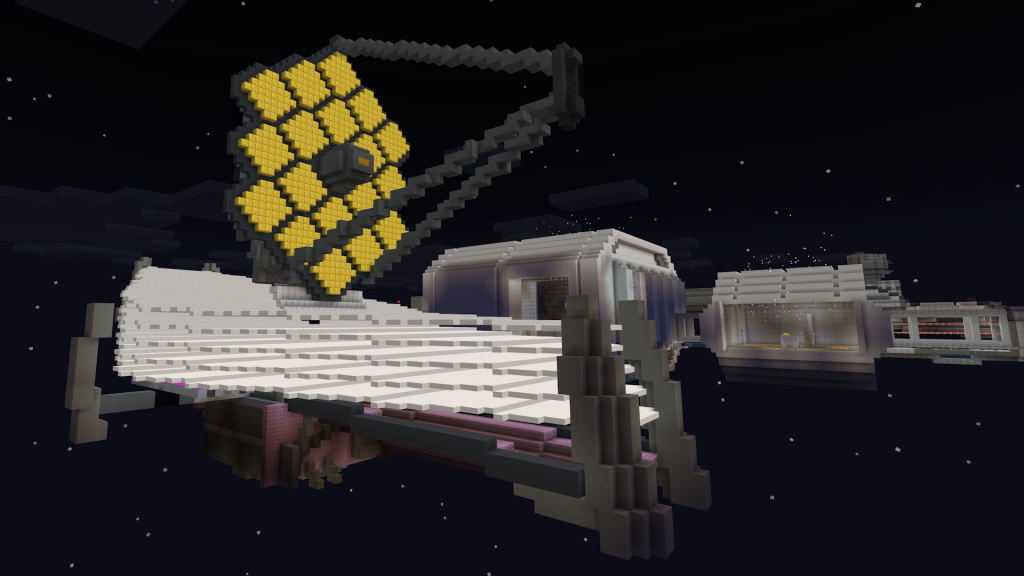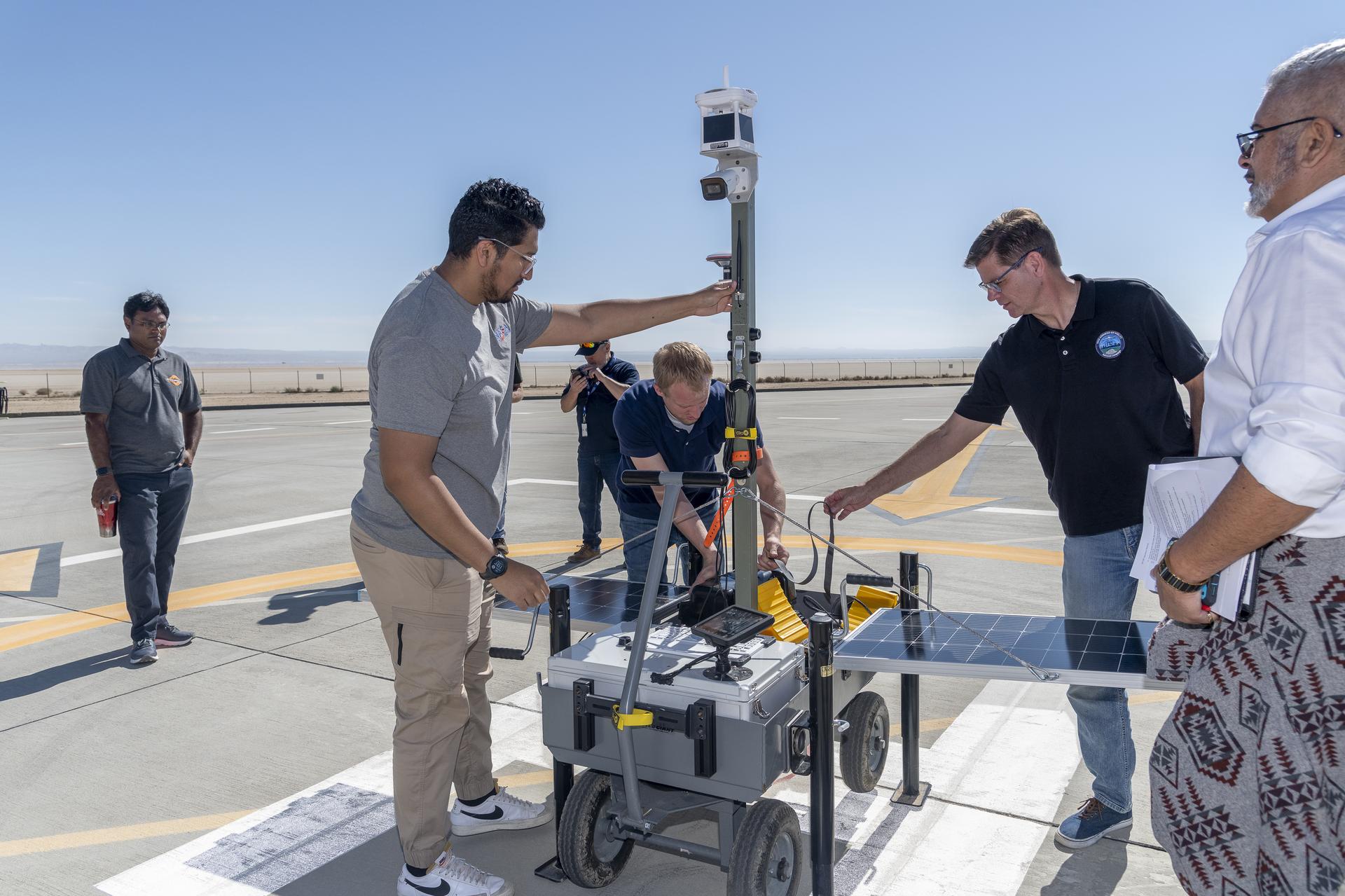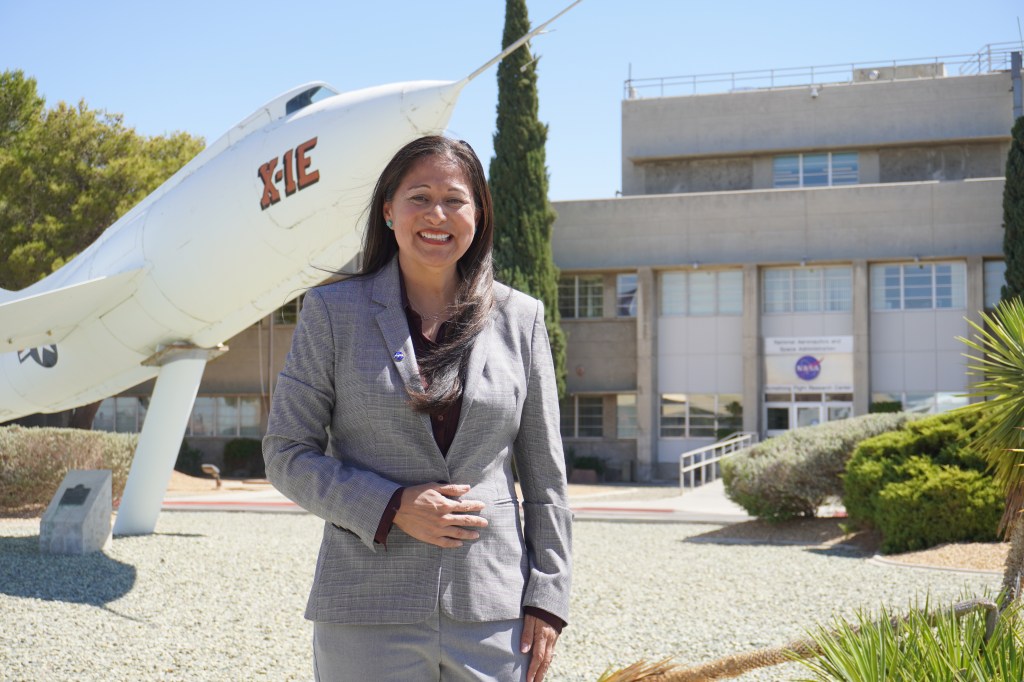
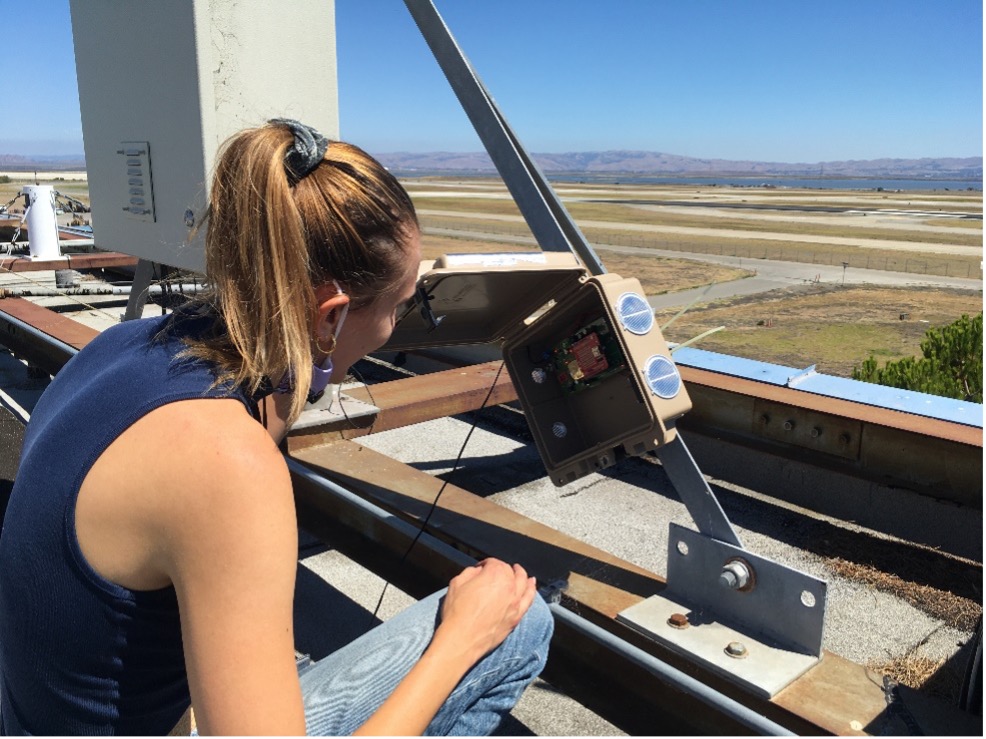

Atmospheric Composition and Dynamics Missions & Projects at Ames
active projects
4
subject matter experts
18
NASA Ames poc
Charles Gatebe
Airborne and Satellite Investigation of Asian Air Quality (ASIA-AQ)
ASIA-AQ focused on improving understanding of the factors controlling local air quality across Asia through multi-perspective observations and modeling.
Click here to learn more about ASIA-AQ about Airborne and Satellite Investigation of Asian Air Quality (ASIA-AQ)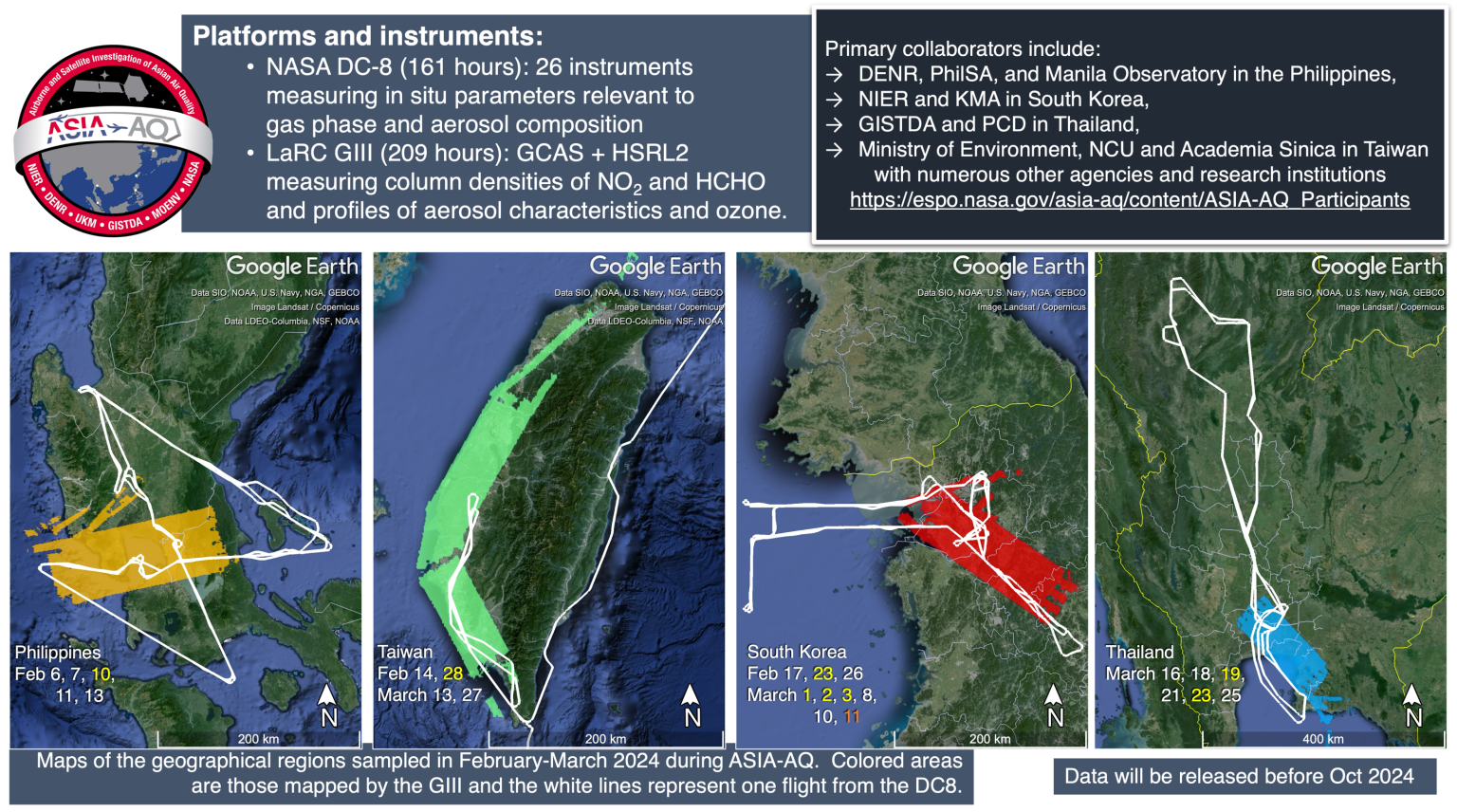
Stratospheric Aerosol processes, Budget and Radiative Effects (SABRE)
SABRE is an extended airborne science measurement program utilizing the NASA WB-57 high-altitude research aircraft to study the transport, chemistry, microphysics and radiative properties of aerosols in the upper troposphere and lower stratosphere (UTLS). MMS will be used to provide critical/high precision measurements of state parameters (pressure, temperature, turbulence index, and the 3-dimensional wind vector).
Click here to learn more about SABRE about Stratospheric Aerosol processes, Budget and Radiative Effects (SABRE)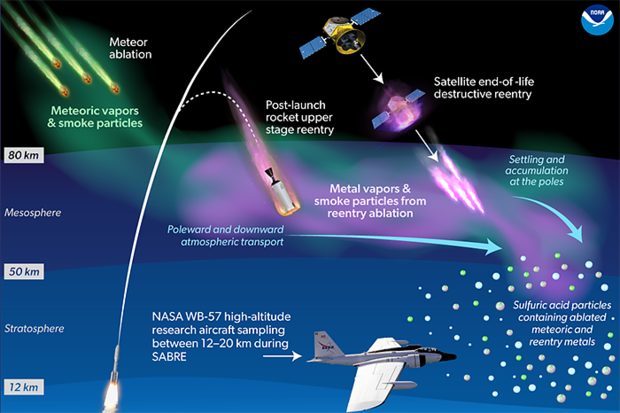
Airborne asSessment of Hyperspectral Aerosol optical depth and water-leaving Reflectance Product Performance for PACE (AirSHARP3)
AirSHARP project goal is to provide high fidelity spatial coverage and spectral data for ocean color products for validation of the new NASA Plankton, Aerosol, Cloud, ocean Ecosystem (PACE) satellite sensors measuring ocean and atmospheric optical properties. NASA Ames Research Center’s 4STAR (Spectrometers for Sky Scanning and Sun-Tracking Atmospheric Research) instrument sunphotometer will be used to study California’s wildfires and urban/agricultural influence at the air-sea interface.
Salt Lake City-Summer Ozone Study (SLC-SOS)
The goal of the NSF-sponsored campaign is to investigate ozone production and pollutant evolution in thermally driven lake breeze flows over and surrounding Salt Lake City. High Ozone mixing ratios are a serious summertime health and economic concern for Utah’s Wasatch Front residents. NASA Ames is deploying the ROZE instrument to this campaign in 2024 and 2025.
Click here to learn more about SLC-SOS about Salt Lake City-Summer Ozone Study (SLC-SOS)